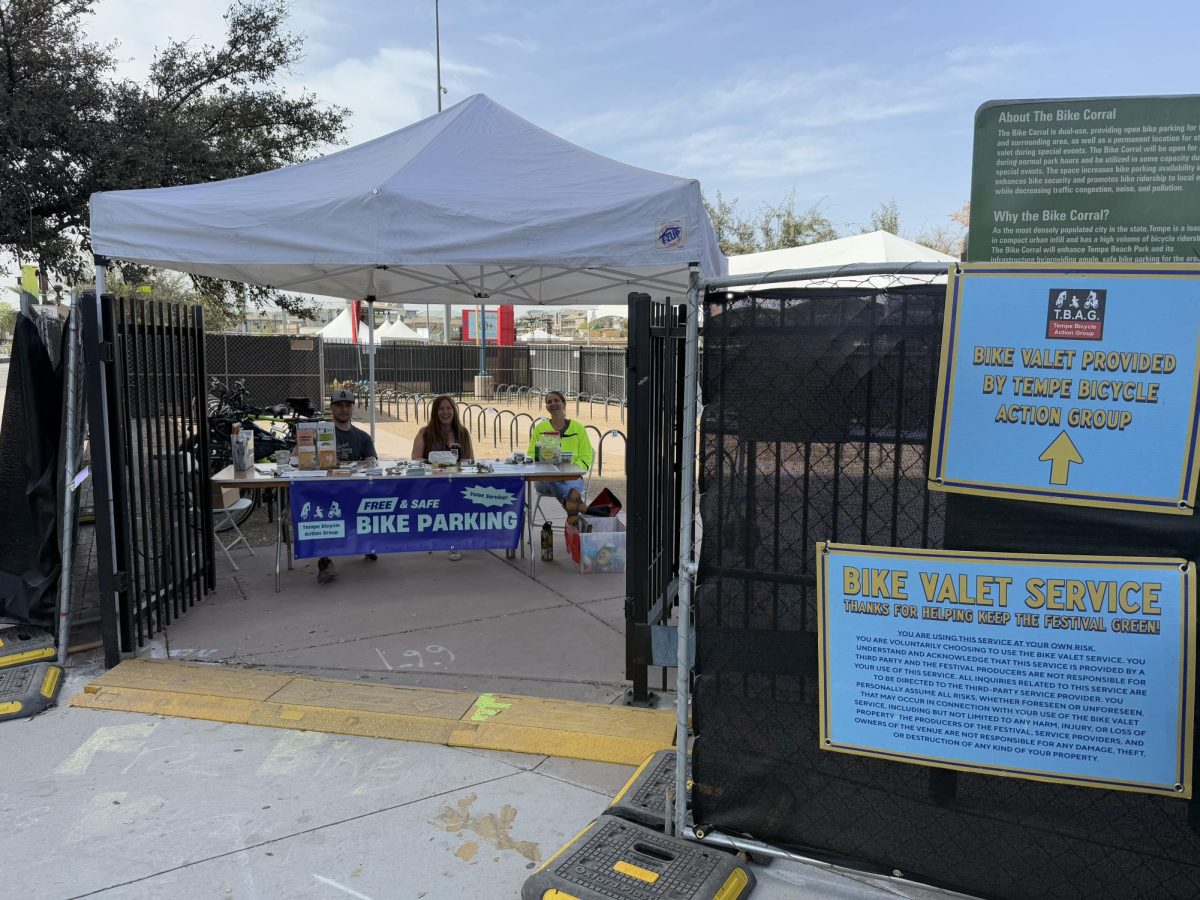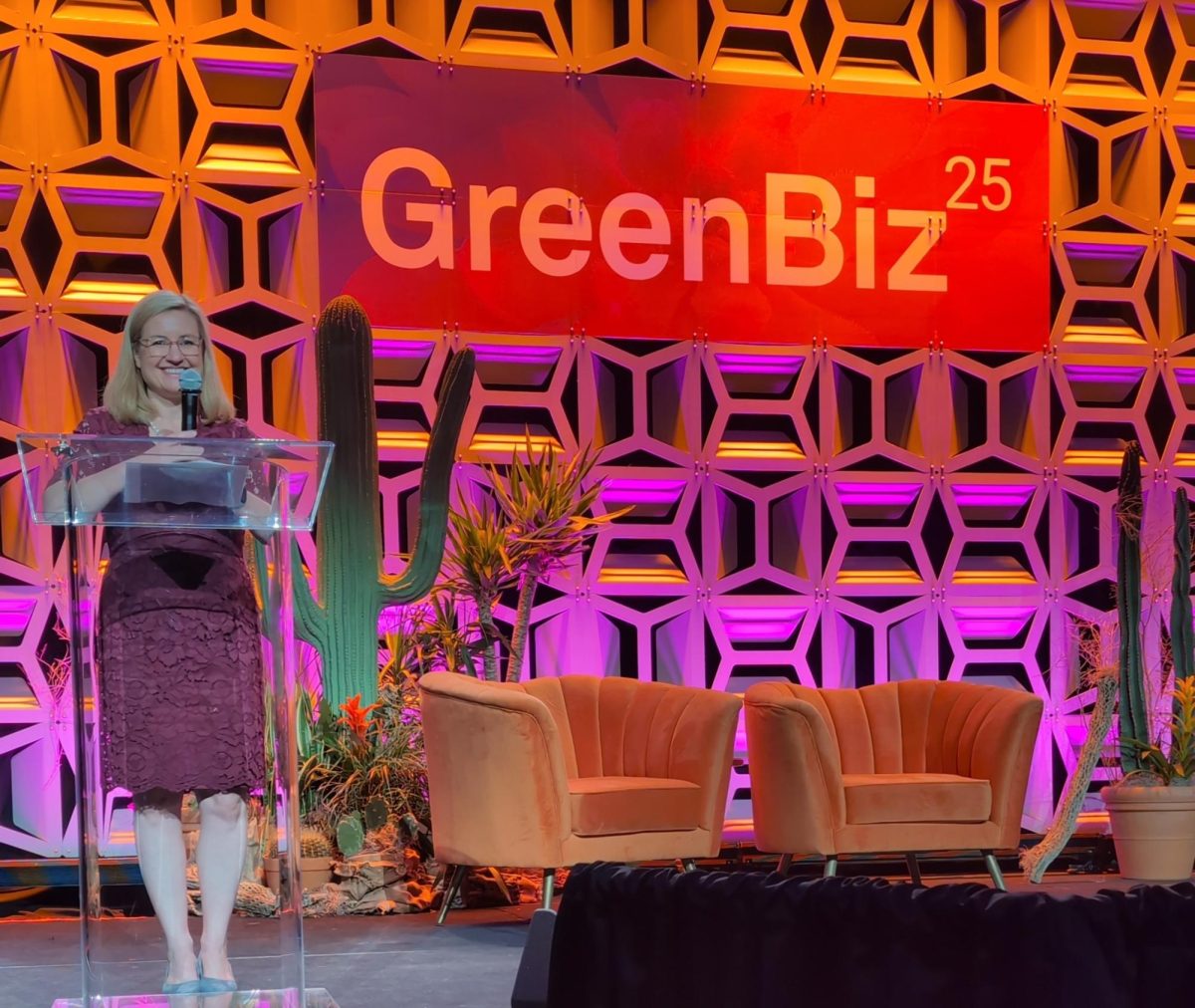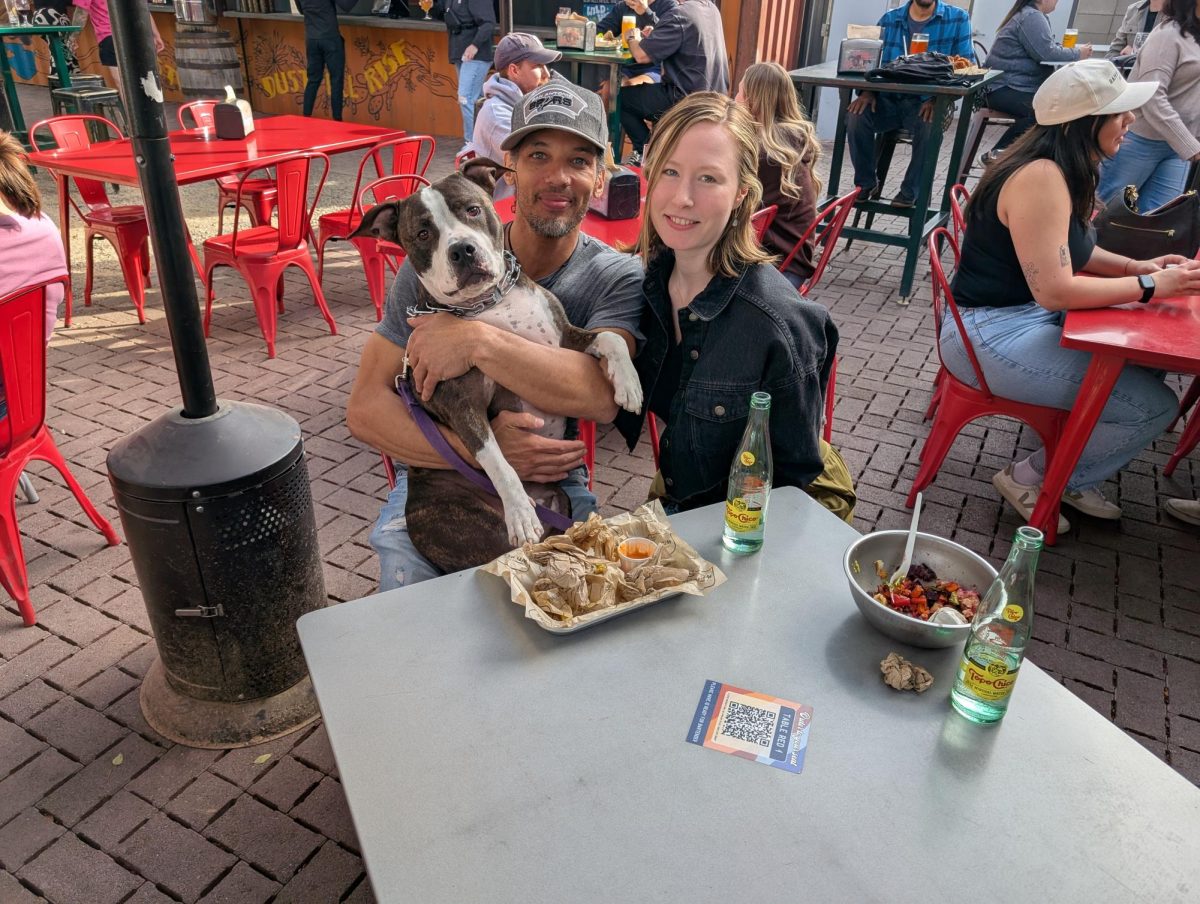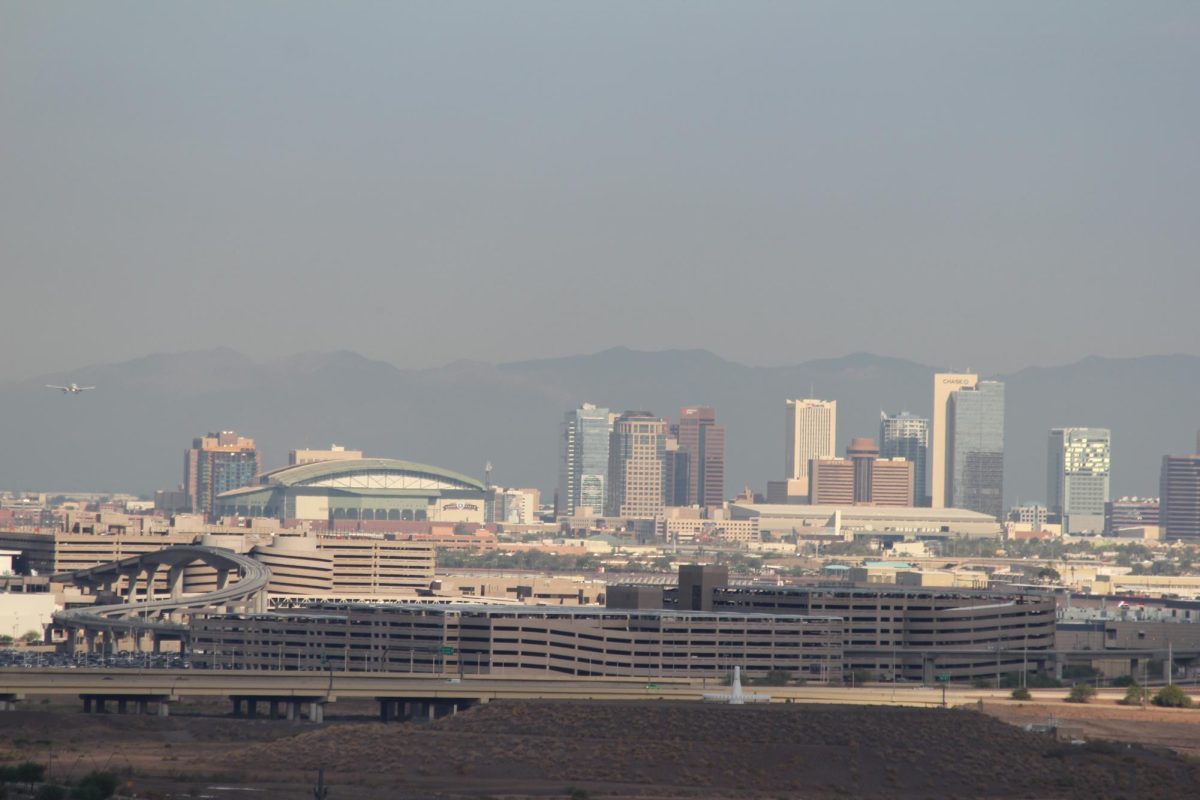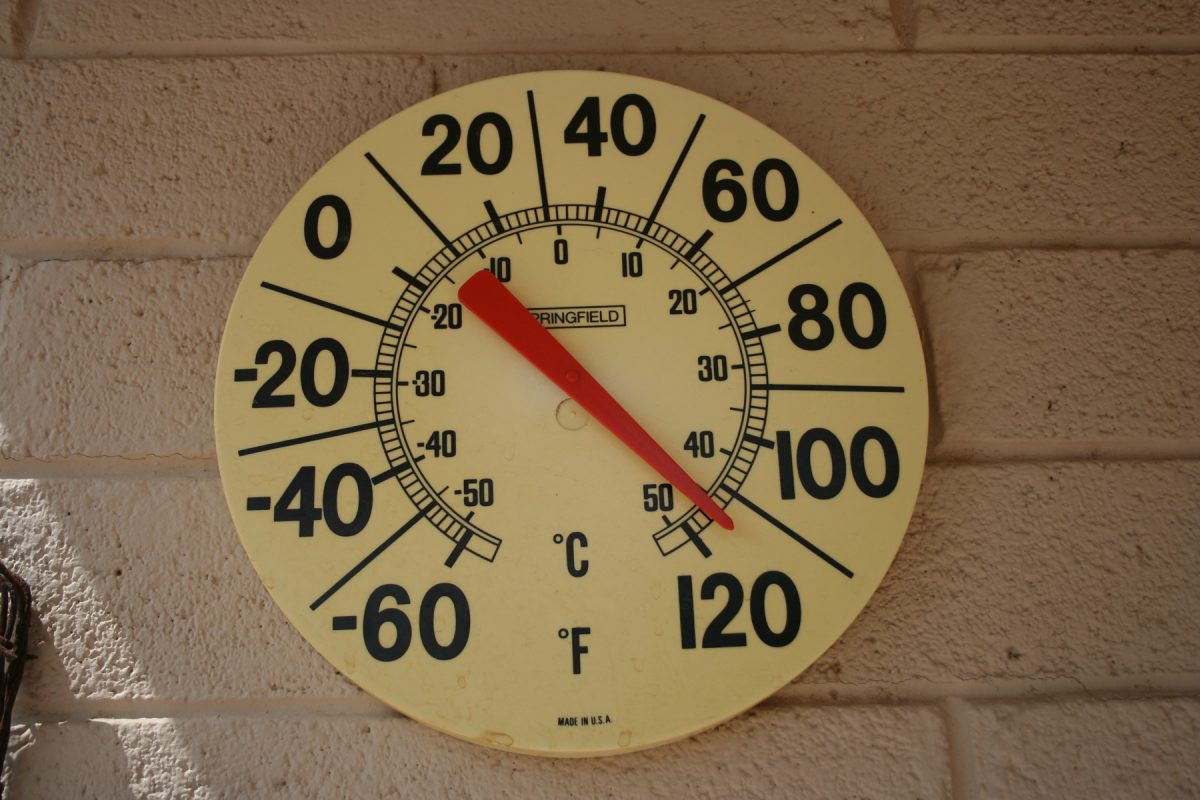To most visitors, the San Francisco Peaks are a winter playground — powdery slopes, alpine air, and the thrill of activities at the Arizona Snowbowl Resort. But to more than a dozen Indigenous Nations, the peaks are sacred ground — known for over 2,000 years as Dookʼoʼoosłííd.
Every flake of artificial snow that covers the mountain near Flagstaff is made from treated water and serve as a painful reminder for Indigenous peoples that their spiritual ties have been long overlooked.
“Sometimes it feels like you are on the losing end,” Cora Maxx-Philips, a Navajo activist, said. “The corporate model of this world is so … freaking powerful that we cannot stand up to it … but we’re not going to take it, because we are hanging on to the traditional values.”
That pain — and defiance — echoes generations of Indigenous resistance.
Before European colonization, Indigenous Americans chose not to live on the mountain out of respect for its spiritual energy. Today, ski lifts cut across its face, and the artificial snow covers the slopes. Plans for further expansion loom.
Maxx-Philips once posed a question in a podcast to illustrate the depth of the insult and question the difference between two cultures and their belief systems: “The Old Testament talks about Mount Sinai as a sacred place, where Moses made his offerings, where he received the Ten Commandments … . This mountain is where our medicine men make prayers and offerings for spiritual renewal … . Would Moses have allowed using reclaimed water on Mount Sinai to make artificial snow?”
For her, the answer is obvious. Yet decades of legal battles and protests have done little to slow development.
Erosion worsens at base of mountain
Beyond the cultural wounds, the land itself is suffering.
Hart Prairie, a sweeping grassland at the base of the peaks, is now interlaced with erosion gullies — a phenomenon once unknown here.
“The surface of the prairie itself is being eroded, gullies are being cut into it from this runoff from the mountain,” said Richard Hereford, a retired research geologist for the United States Geological Survey.
Hereford’s research found that nitrogen levels were 105 times higher and phosphorus 1,300 times higher than natural conditions. Such excess nutrients can alter soil chemistry, damage native vegetation, and harm wildlife.
The source? Likely the artificial snow made with reclaimed wastewater, used to extend the ski season.
“For us, this place carries a lot of traditional medicine that grows from this mother,” said Dianna Sue Uqualla, a Havasupai elder. The quaking aspen “is a powerful tree in our way of the Supai people, and it only grows here. You cannot take it and replant it.”
Across Arizona and the Southwest, the pattern repeats: mining, water extraction, development — all chipping away at lands held sacred by Indigenous nations.
“We’re all connected,” said Ka-Voka Jackson, director at Hualapai Cultural Resources. “This isn’t just about skiing. It’s about life, about healing places being destroyed.”
What happens when Earth says ‘enough’?
For Indigenous communities, protecting the San Francisco Peaks goes beyond one mountain: It’s about defending a worldview — one that sees land as living, not as a commodity for profit.
“The entire paradigm of Indigenous nations revolves around the sacredness of life,” Maxx-Philips said. “That’s in deep contrast to greed and materialism. Where will that get us when the Earth finally says ‘enough’?”
The fight for the peaks is not over. The scars are deep, but so is the will to protect what remains.
As the sun reflects off the final patches of snow, it also shines on Maxx-Philips’ tears — part grief, part defiance.
“One day,” she said, “we’ll look into our grandkids’ eyes. Will we say, ‘I’m sorry, I did nothing’? Or, ‘Forgive me. I tried all I could’?”.
She brushed the wetness from her cheeks.
“If you’re going to stand with us to protect the sacredness of this mountain — of life itself — we invite you. But come with trust. With respect. With honor.”
Arizona Snowbowl and its parent company, Mountain Capital Partners, did not respond to requests for comment.
This story was originally published at azcentral.com.



